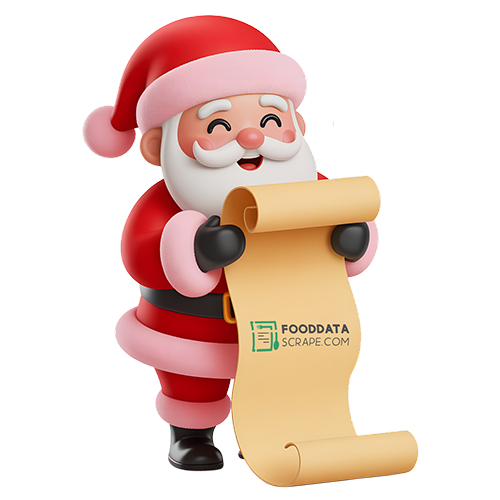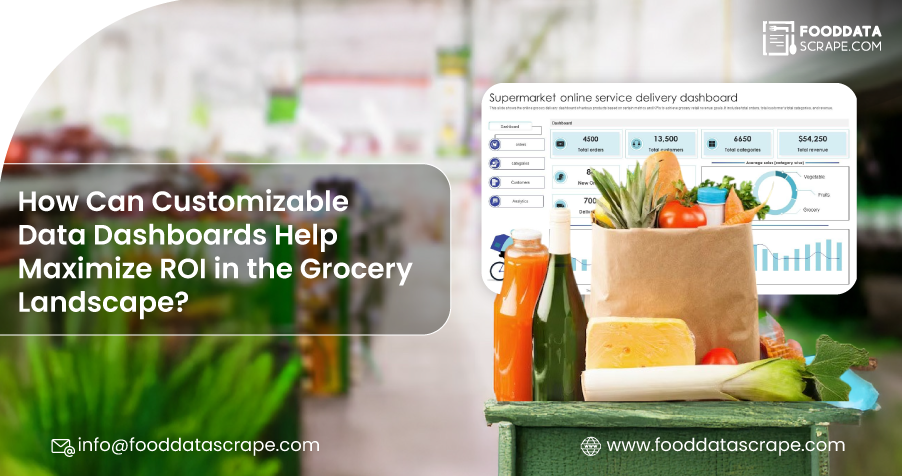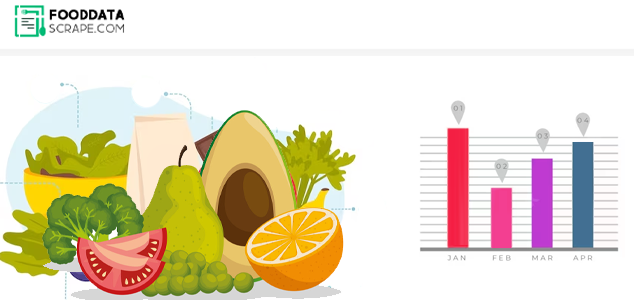Introduction
With today's fast-moving pace of the retail world and aggressive competition, grocery retailers must remain perpetually aware of their business activities. To have the capability to make wise decisions that contribute to profitability, there is a need to monitor the most critical metrics in real time. Customizable Dashboard for Real-Time Data Insights provides businesses with a practical and centralized method of monitoring performance and making informed decisions. Besides enhancing operational effectiveness, a well-structured dashboard drives Return on Investment (ROI) to the best possible extent by presenting useful information concerning sales, stocks, price packages, and client behavior.
In this blog, we will explain how dashboards can assist grocery companies by tracking key performance indicators (KPIs), integrating data from multiple sources, and ultimately maximizing ROI. We will also discuss a case study to understand the extent of real-time, tailored dashboards. Through Custom Dashboard Data Mining for Business Insights, organizations can recognize patterns, identify opportunities for optimization, and react promptly to optimize performance department-wide.
Apart from this, Enhancing Business ROI with Custom Dashboards enables retailers to look at information in formats that allow for wiser decision-making and more accurate forecasting. In a custom dashboard, grocery stores can readily spot inefficiencies, improve prices, and enhance customer relationships, all factors that lead to enhanced profitability and growth. With a tailored dashboard, supermarket businesses can simply identify inefficiencies, make the best pricing choices, and improve customer engagement, all resulting in increased profitability and growth.
The Role of Real-Time Dashboards in Grocery Retail
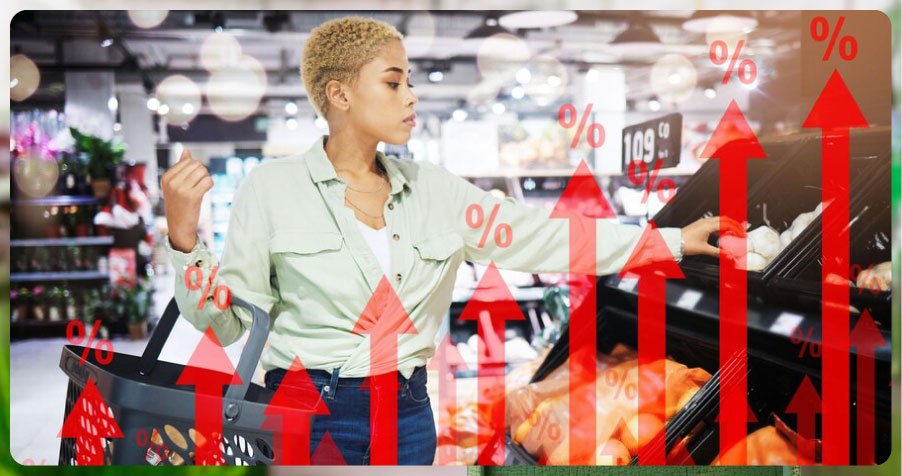
Real-time dashboards are designed to provide grocery retailers with immediate access to relevant data, allowing them to make quick and effective decisions. These dashboards consolidate data from various sources and display it in an easy-to-understand format, offering a snapshot of business performance at any moment. By using Real-Time Grocery Data Dashboards, grocery retailers can monitor everything from sales performance and pricing trends to inventory levels and customer satisfaction metrics. The dynamic nature of these dashboards means that businesses can react quickly to changing market conditions, adjust pricing strategies in response to competitor activity, or fine-tune inventory management in real time.
With customizable dashboards, grocery retailers can use Customizable Data Dashboards for Business Growth, ensuring that the displayed data is tailored to their needs and priorities. This flexibility lets businesses focus on what matters most for their operations and make informed decisions faster. Additionally, the integration of Grocery App Data Scraping Services further enhances the ability of businesses to collect and analyze data from various platforms, providing a more comprehensive view of the market.
With real-time grocery data dashboards, businesses no longer rely on outdated reports or manual data entry. Instead, they can use up-to-the-minute insights to stay ahead of the competition and enhance their decision-making processes. This leads to greater operational efficiency, cost savings, and ultimately, higher ROI.
How Customizable Dashboards Help Businesses Monitor KPIs in Real-Time?
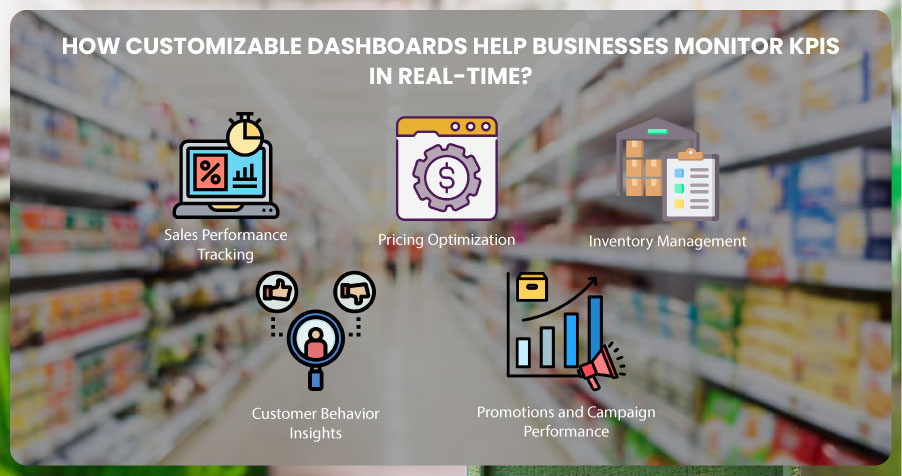
KPIs are the backbone of performance monitoring in any business. Monitoring key indicators like sales volume, average basket size, and pricing trends is essential for maintaining competitiveness in the grocery retail industry. With a customizable real-time dashboard, businesses can track these KPIs as they happen, providing an edge over competitors who rely on slower or more manual methods.
- Sales Performance Tracking: Sales are the most critical metric for any retail business, and customizable dashboards provide a clear view of sales performance in real-time. Grocery retailers can monitor sales by product category, region, or store location, allowing them to quickly identify high-performing products or underperforming areas that may need attention. With a Grocery Price Tracking Dashboard, businesses can integrate pricing information alongside sales performance to identify patterns and optimize sales strategies.
- Pricing Optimization: Retailers can track price changes across competitors, ensuring they maintain competitive prices. Real-time dashboards provide a clear view of competitor pricing, enabling businesses to adjust their prices instantly and implement dynamic pricing strategies. This ensures that retailers are not losing customers due to price discrepancies. With Grocery Pricing Data Intelligence , retailers can gather competitive pricing insights, allowing them to stay ahead in the market and implement effective pricing strategies.
- Inventory Management: Inventory management is another key KPI that real-time dashboards can easily monitor. These dashboards allow businesses to track stock levels, monitor demand trends, and identify potential stockouts or overstock situations. Efficient inventory management ensures that retailers can meet customer demand while avoiding unnecessary costs from overstocking. Additionally, integrating Grocery Store Datasets into dashboards gives retailers a holistic view of their inventory alongside sales and pricing data, leading to more informed decision-making.
- Customer Behavior Insights: Real-time dashboards allow businesses to gain insights into customer behavior patterns. For example, businesses can track which products are frequently added to shopping carts, identify peak shopping times, or understand which products are abandoned during checkout. These insights can refine product assortments and improve the overall customer experience.
- Promotions and Campaign Performance: Retailers can monitor the effectiveness of their promotions in real-time. With customizable dashboards, businesses can track the success of marketing campaigns, understand which promotions are driving sales, and adjust their promotional strategies based on real-time feedback.
By giving businesses a clear view of their KPIs, customizable dashboards enable them to react quickly to changing conditions and optimize performance across all business areas.
The Benefits of Centralizing Data Across Multiple Platforms
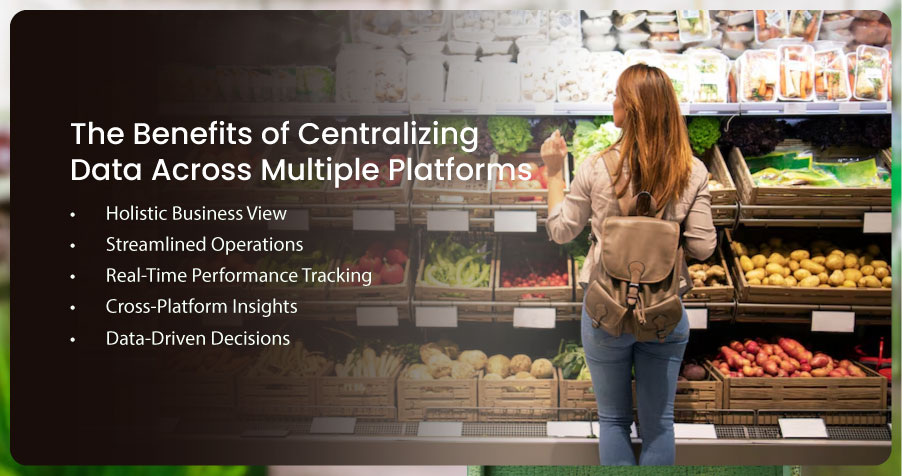
In the past, grocery retailers had to gather data from disparate sources, such as sales records, online platforms, and physical stores, often leading to inefficiencies and errors. Centralizing data in a real-time dashboard removes this problem by integrating all data sources into a single view. This centralization has several benefits that can significantly impact business operations.
- Holistic Business View: A centralized dashboard consolidates data from various platforms and provides businesses with a holistic view of their performance. All this information is available in one place, whether it's sales from an online store, in-store purchases, or customer data from social media channels. This unified view helps businesses make better strategic decisions, as they can analyze all the relevant data simultaneously instead of trying to correlate data from multiple sources.
- Streamlined Operations: Centralizing data across multiple platforms enables businesses to streamline their operations. Retailers can monitor sales, inventory, and customer behavior in one dashboard, making it easier to spot trends and inefficiencies. This consolidated approach eliminates the need to manually merge data from different sources, saving time and reducing the risk of errors.
- Real-Time Performance Tracking: Centralized dashboards provide real-time tracking across all business areas. Businesses no longer rely on delayed reports that may miss significant trends or changes. Retailers can monitor sales, inventory levels, customer behavior, and competitor activity as they happen, allowing them to make data-driven decisions in real time.
- Cross-Platform Insights: Centralized data allows businesses to draw insights from multiple platforms at once. Whether it's an e-commerce website, physical stores, or social media channels, retailers can assess performance across all these platforms without juggling separate reports. This leads to a more integrated and efficient approach to business management.
- Data-Driven Decisions: Centralizing data in a real-time dashboard ensures that all decision-makers have access to the same information, which helps foster a data-driven culture within the organization. Teams can work from a single truth source, leading to more informed and aligned decision-making.
By centralizing data from multiple platforms, businesses can make more accurate, timely decisions and optimize their performance across all areas.
Unlock the power of real-time data insights today—contact us to boost your ROI with our expert data scraping services!
Case Study: A Multi-Region Retailer Using Customizable Dashboards to Drive Revenue Growth
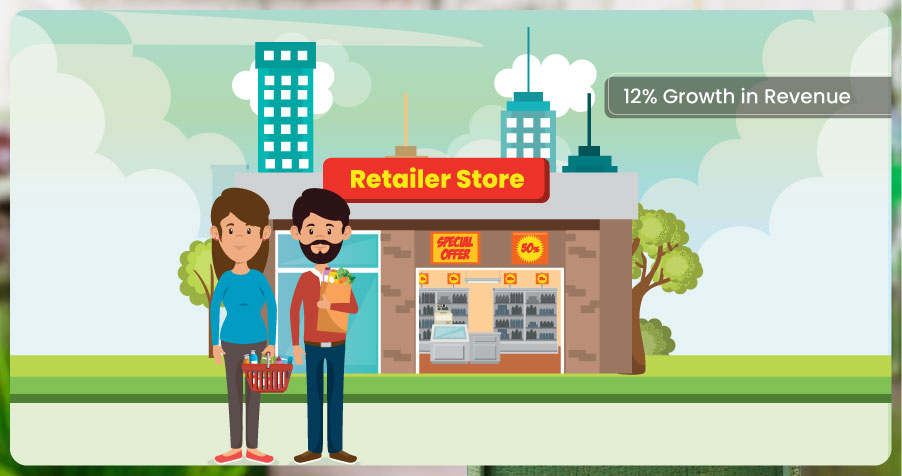
Let's examine a real-world example of how customizable real-time dashboards helped a multi-region grocery retailer achieve a significant ROI boost. This retailer, which operates in several regions, used customizable dashboards to monitor critical business metrics such as inventory levels, sales performance, and pricing across different markets.
The Challenge
Before implementing real-time dashboards, this grocery retailer relied on traditional sales and inventory tracking methods. These methods involved generating reports manually and aggregating data from multiple sources, which made it difficult to react quickly to changing market conditions. As a result, the retailer was experiencing stockouts on popular products, price discrepancies across different regions, and inefficiencies in their promotional efforts.
The Solution
The retailer implemented customizable real-time dashboards that integrated data from all its stores and e-commerce platforms. These dashboards allowed the company to track sales performance, inventory levels, and competitor pricing across different markets in real time. Based on real-time data, the company was able to make immediate adjustments to pricing and promotions.
The Outcome
Using customizable dashboards, the retailer could identify high-demand products and adjust inventory levels dynamically. They also optimized pricing to ensure consistency across regions, preventing customers from choosing competitors due to pricing discrepancies. As a result, the retailer saw a 12% growth in revenue within the first quarter of using the dashboards. By making data-driven decisions in real time, the company was able to streamline operations, improve customer satisfaction, and drive higher profitability.
How Food Data Scrape Can Help You?
- Accurate Market Insights: Our data scraping services provide real-time, accurate data from various online platforms, allowing businesses to track market trends, monitor competitor pricing, and adjust strategies accordingly. This helps businesses make data-driven decisions that can significantly enhance ROI.
- Optimized Pricing Strategies: By collecting competitor pricing data, sales trends, and market conditions, our services enable businesses to implement dynamic pricing strategies to remain competitive. Real-time insights lead to timely price adjustments, improving sales and boosting profitability.
- Improved Inventory Management: Our scraping services help retailers track inventory levels and product demand across different platforms. By identifying trends such as stockouts or overstocking, businesses can optimize their inventory, reducing waste and costs while meeting customer demand effectively.
- Enhanced Customer Targeting: With access to detailed consumer behavior data, businesses can personalize marketing efforts and tailor their offerings to specific customer segments. This targeted approach improves customer engagement, increases sales conversion rates, and leads to a higher return on investment.
- Time and Cost Efficiency: Automating data collection through our scraping services eliminates the need for manual data entry and reduces the time spent on gathering information. This streamlining of processes allows businesses to focus on strategic decision-making, leading to operational cost savings and better resource allocation, ultimately improving ROI.
Conclusion
Customizable real-time grocery data dashboards are a powerful tool for retailers looking to maximize ROI. By providing instant access to crucial performance metrics, these dashboards enable businesses to track KPIs, optimize pricing strategies, manage inventory, and analyze customer behavior in real time. Centralizing data from multiple platforms into a single, easily accessible view enhances decision-making, improves operational efficiency, and ensures businesses remain agile in a competitive retail landscape. Integrating Web Scraping Quick Commerce Data further empowers businesses to gather insights from various e-commerce platforms, making it easier to monitor competitor prices and adjust strategies accordingly. As demonstrated in the case study, customizable dashboards offer tangible benefits, including improved inventory management, pricing consistency, and sales growth. The ability to pull data through Grocery Delivery Scraping API Services ensures that retailers can access the latest market trends and consumer preferences, giving them an edge in a crowded marketplace. In today's fast-moving grocery retail sector, adopting real-time dashboards is no longer a luxury—it's a necessity for staying ahead of the competition and driving long-term profitability. Moreover, with a Grocery Price Dashboard, businesses can stay on top of price fluctuations and make timely adjustments to boost revenue and maintain customer loyalty.
Are you in need of high-class scraping services? Food Data Scrape should be your first point of call. We are undoubtedly the best in Food Data Aggregator and Mobile Grocery App Scraping service and we render impeccable data insights and analytics for strategic decision-making. With a legacy of excellence as our backbone, we help companies become data-driven, fueling their development. Please take advantage of our tailored solutions that will add value to your business. Contact us today to unlock the value of your data.

